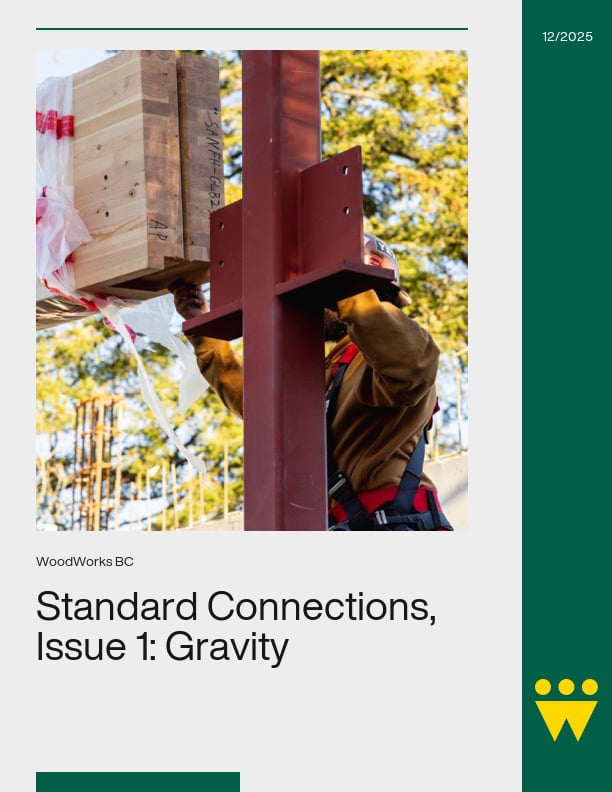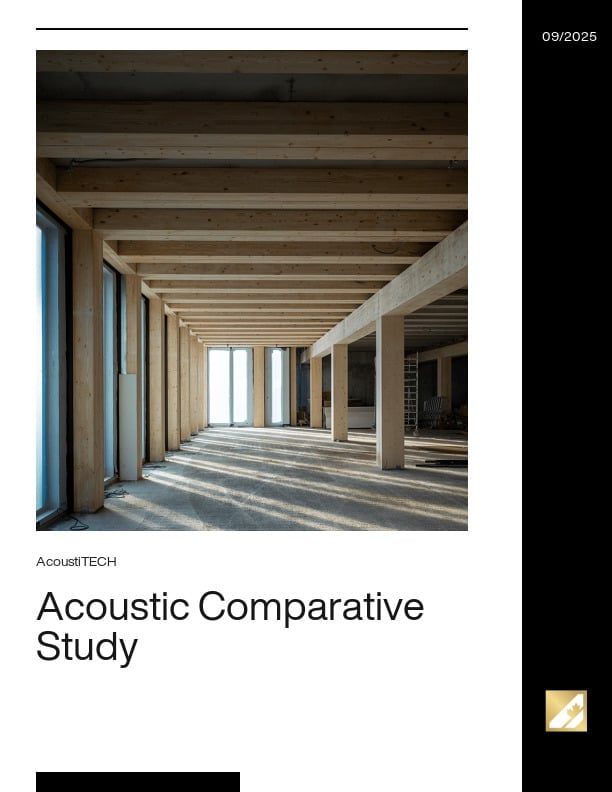Acrylic
A type of water-borne coating product containing acrylic polymers.
Alkyd
A type of polyester resin. Term often used to signify solvent-borne coatings, e.g., oil paints.
Backpriming
The application of a finish coat to the back side of wood such as shingles or siding.
Binder
The non-volatile film-forming solid portion in a coating, which binds the pigment particles together after the film is dry and creates the bond with the substrate. Typical binders include alkyd resins, acrylic resins and polyurethane resins.
Bleeding
When the colour of a discolouration or other material works up through a coating to the surface. Commonly used to describe leaching of tannins in extractive species like western red cedar and redwood (typically happens for the first year or so if not stain blocked).
Blistering
When a coating forms bubbles due to air, water vapour or solvent under the film.
Dry lumber
Lumber which has been dried to a moisture content of 19% or less. Any 4” and thinner boards or dimension lumber surfaced at a moisture content (MC) of 19% or less may be stamped “S-DRY” and stamped “KD” if kiln-dried to a maximum moisture content of 19%. Lumber in the USA may be stamped “KDAT” if kiln-dried after pressure treatment with preservatives.
Enamel
Generic term for an alkyd-based pigmented coating that dries to a smooth, hard, glossy finish. The term is often more broadly used for a coating which gives a hard, stain-resistant film.
Extractives
Soluble chemicals particularly present in the heartwood of some species which provide the wood with resistance to decay and insects.
Fungicide
A substance which inhibits the growth of fungus. Often added to coatings to protect the coatings themselves from fungal growth.
Latex
Term used to signify water-borne paints.
Lacquer
Coating material characterized by rapid evaporation of the solvent to produce a thin, hard film.
Linseed oil
Obtained by crushing flax seeds, this natural oil can be used as a vehicle in paints, as a softening agent for the resins in varnishes, or can be used alone as a wood finish material. Raw linseed oil is a food source for fungi and must be boiled to destroy these nutrients. Most “boiled” linseed oil is not boiled but contains metallic dryers and biocides.
Oil-based paints
Paints using natural oils such as linseed or tung oil as the binder, with turpentine as the usual solvent. The term is now usually used to refer to paints with both alkyds and oil as the binders, and with a carrier of mineral spirits or other solvents.
Paint
An opaque coating generally made with a binder, liquids, additives and pigments. Applied in liquid form, it dries to form a continuous film that protects and improves the appearance of the substrate.
Pigment
Finely ground solids that impart colour, hiding power (opacity) and ultraviolet protection.
Pitch
Also called resin, this sticky substance is a mixture of rosin and turpentine and is found in most softwoods but particularly the pines, spruces and Douglas-fir. Can ooze from the pitch pockets and sometimes the knots for a year or two if not set by kiln-drying. Resin can bleed through finishes and will harden into beads, but this can be cleaned up with mineral spirits and will stop eventually.
Primer
The first complete coat of paint applied in a painting system. Many primers are designed to enhance adhesion between the surface and subsequent topcoats. Most primers contain some pigment, some lend uniformity to the topcoat, some inhibit corrosion of the substrate, and some stop the discolouration of the topcoat.
Resin
For tree resin, see Pitch. In coatings, see Binder.
Sealer
A liquid that seals wood pores so they will not absorb subsequent coats. Sealers may be transparent, and can act as primers. Some sealers are designed to be left uncoated.
Semi-transparent stain
Stain that alters the natural colour of the wood, yet allows the grain and texture to show through. The term is generally applied to exterior products, but technically applies also to interior wiping stains used for trim, furniture and floors.
Shellac
Alcohol-soluble, clear to orange-coloured resin derived from lac, a substance secreted by insects. Previously used as a sealer and clear finish for floors, for sealing knots, and in “alcohol-borne” primers; rarely in use anymore. Thinner is denatured alcohol. It is an environmentally friendly product and usually available from finish suppliers.
Solid-colour stain
Exterior stain that obscures the natural colour and grain of wood, but still allows the texture to show through – essentially, a thin paint.
Stain
A coating product which can either be opaque such as a solid colour stain or partly transparent such as a semi-transparent stain. Also refers to wood discolourations such as discolourations caused by tannins in wood extractives, or stain caused by fungi such as bluestain.
Solvent
In generic coatings terminology, refers to the volatile liquid used to improve the working properties of a coating, typically water or hydrocarbons. In “solvent-borne” coatings, refers specifically to a coating based on hydrocarbons.
Tung oil
Obtained from the nut of the Asian tung tree. Hardly ever used in the raw state as it dries to a non-lustrous finish. Used in varnishes.
Varnish
Generic term for clear film-forming finish. Transparent or translucent liquids applied as a thin film, which harden. Can be solvent or water-borne.
VOC
Volatile organic compound. VOCs are organic chemical compounds that have high enough vapour pressures under normal conditions to significantly vaporize and enter the atmosphere where they may participate in photochemical reactions. They are often associated with solvents, typically considered to be pollutants, and are the subject of regulations in many jurisdictions.





